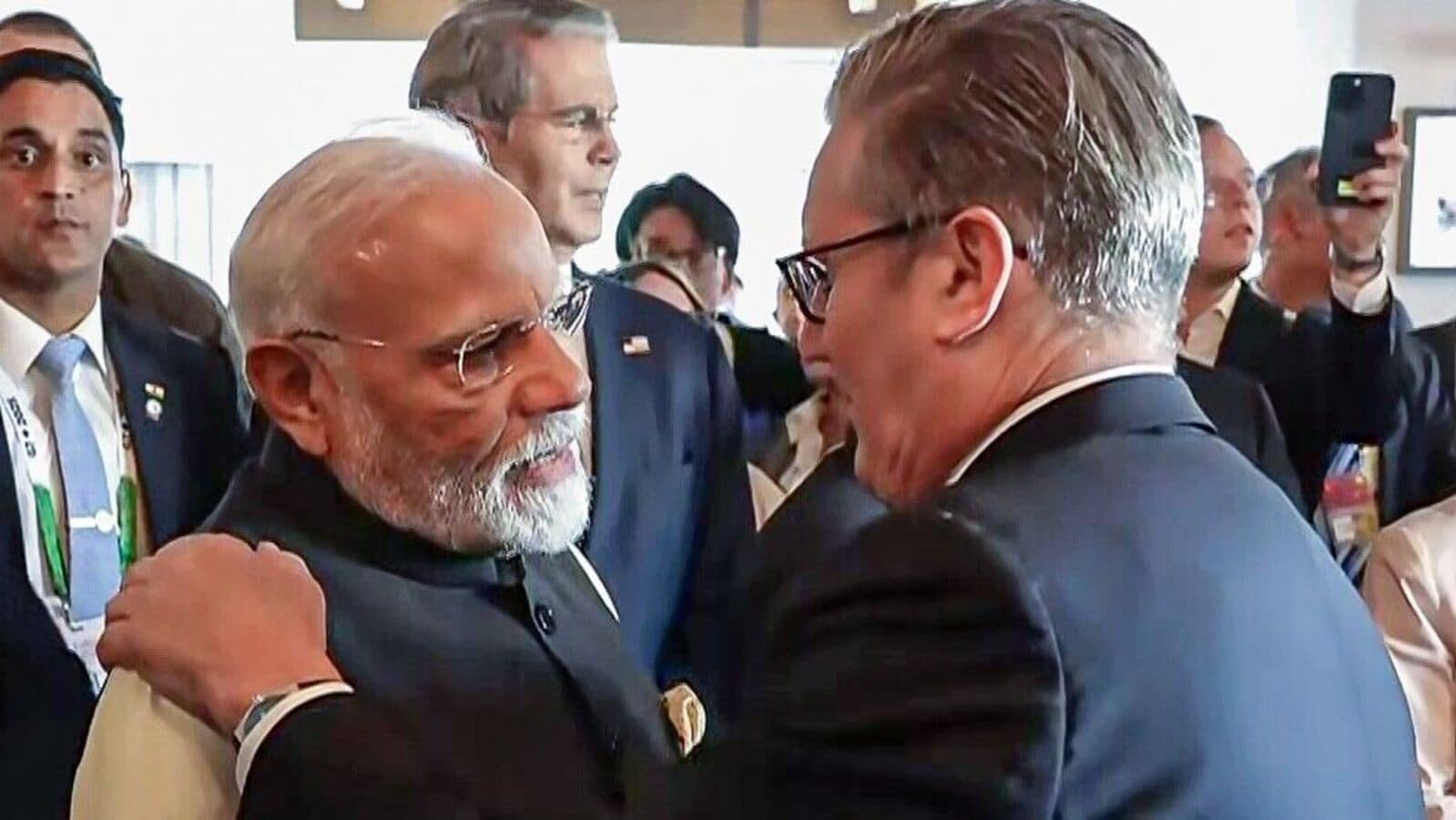India and the UK will sign a free trade agreement on Thursday during Prime Minister Narendra Modi’s visit to London. The free trade deal, when formalised, will make it cheaper to export labour-intensive goods like leather, footwear, and clothing, while also reducing import costs for whisky and cars from Britain. The pact also helps double trade between the two economies to USD 120 billion by 2030.
Here are key points of the India-UK free trade deal:
According to Reuters, India will be reducing tariffs on nearly 90 per cent of the UK goods.
This means that whisky and gin levy will fall from 150 per cent to 75 per cent, then to 40 per cent in a decade
Cars from Britain are also likely to get cheaper as automobile tariff will likely fall from 100 per cent-plus to 10 per cent under quota
Cosmetics, medical devices, salmon, chocolates, and biscuits will face less tariffs.
The UK to offer duty-free access to 99 per cent of Indian items, according to Indian commerce ministry, covering nearly 100 per cent of trade value.
How does the deal benefit India and the UK?
Indian exports like textiles, footwear, gems and jewellery, furniture, auto parts, chemicals, machinery, and sports goods are likely to face zero duties in the UK, down from the current 4 per cent – 16 per cent.
According to Indian commerce ministry, assured access will be provided in the UK to business visitors and contractual service providers as well as to yoga instructors, chefs and musicians for temporary stay.
Indian workers working temporarily in the UK and their employers will be exempted from paying social security contributions in the UK for three years, with savings estimated at about ₹40 billion ($463 million) annually, Reuters reported.
India will allow British suppliers to bid for non-sensitive federal government procurement tenders, with a threshold set at ₹2 billion.
The deal will give UK businesses access to India’s public procurement market, comprising about 40,000 tenders with a value of about 38 billion pounds a year, according to UK government estimates.
(With Reuters research and inputs)
